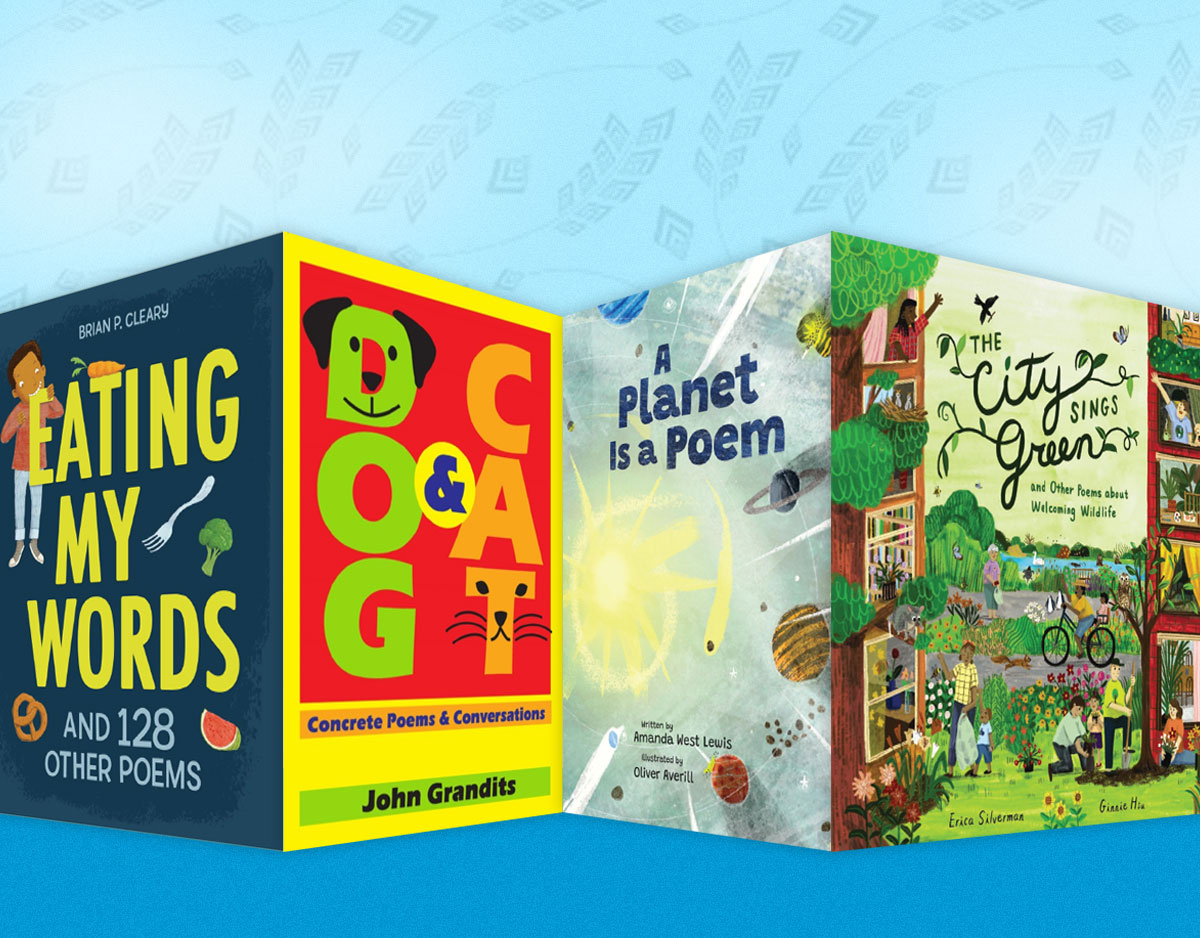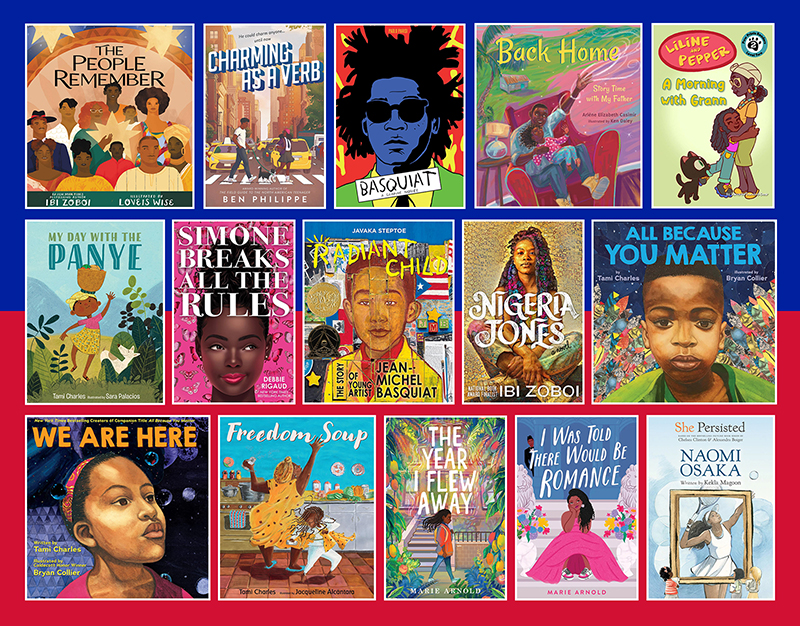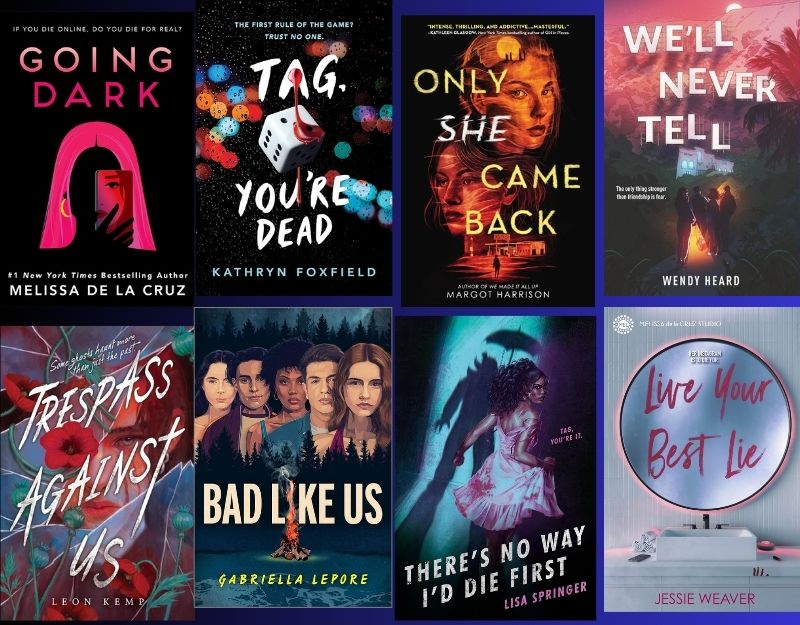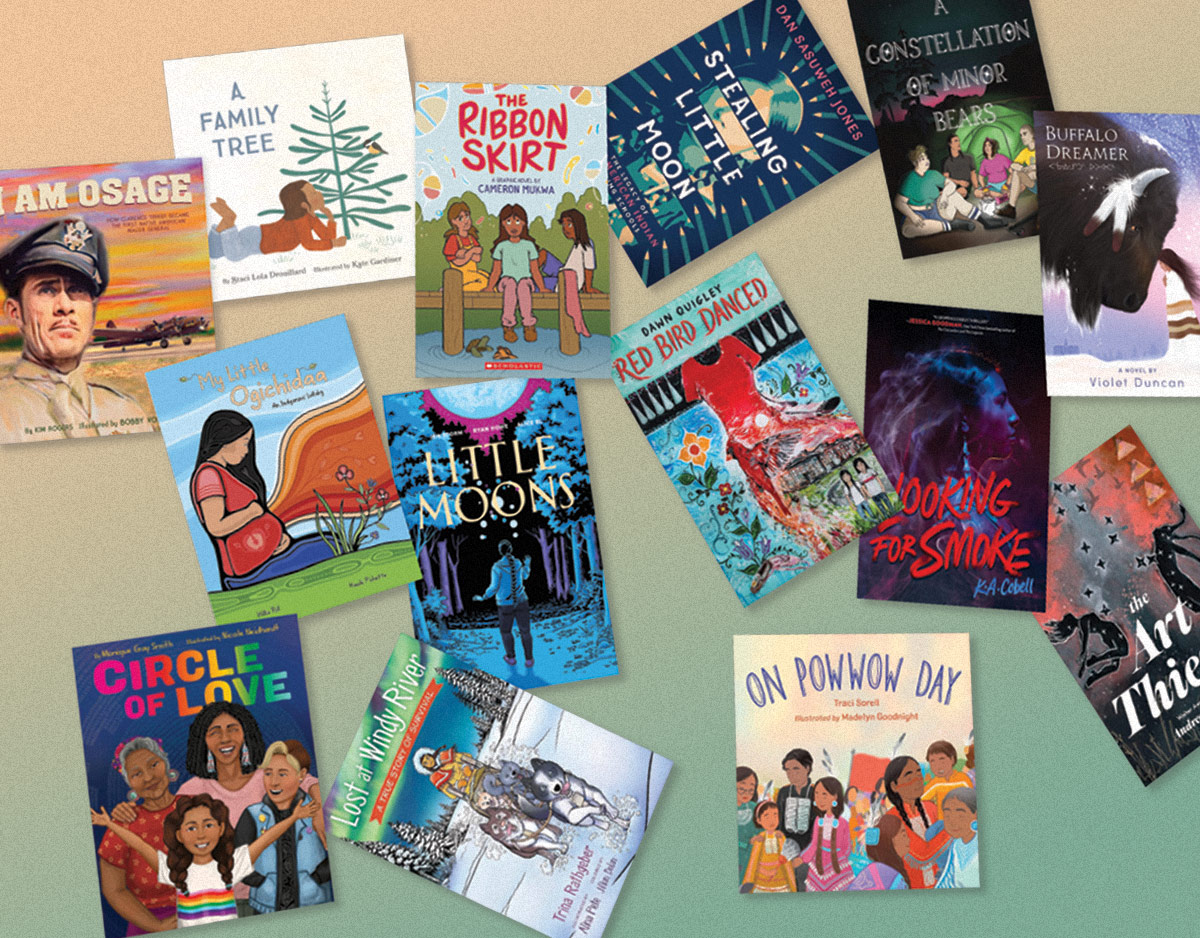Look Up! Bird-Watching in Your Own Backyard
Written and Illustrated by Annette LeBlanc Cate
- Duet Model. Read Look Up! in a Duet Model (click here for an explanation of the Duetmodel) with Bird Talk by Lita Judge. How does the information on bird communication in Bird Talk help students understand the more general information they learn about North American birds in Look Up? Students may want to specifically examine how birds are communicating with one another in their own observations of birds. If you have a zoo in your area with a bird house, have your students compare and contrast the ways in which the birds in your region communicate with one another and how birds at the zoo, mostly likely from around the world, communicate with one another. For more teaching ideas for Bird Talk, see our entry from last spring.
- Seeing vs. Experiencing. Early on in the book, the author-illustrator suggests to the reader that you need to spend time watching birds in order to really learn about them. One afternoon alone will not make someone into a bird expert. But there is another advantage to bird watching. As the author suggests, “when you take the time to sit and patiently draw them, you do more than just see them: you experience them. You feel yourself more connected to the natural world, more at home in it.” As you study birds in your own classroom, have your students reflect on the scientific recordings they are making. Observe every day, but reflect after a period of time has passed. Perhaps you start observing birds and spending time outside before you begin a formal study. This way, your students will be developing their own data (words and pictures) about birds, and having a more extended experience of the outdoors. How, over time, do your students see their attitude towards birds and the natural world changing as a result of drawing and writing about birds regularly?
- Anthropomorphism in Nonfiction Illustrations. If nonfiction books depict “real” things and factual information, then why would the author-illustrator include illustrations of talking birds, a sparrow fashion show, and a pair of puffins sitting at a kitchen table? The primary illustrations across each two-page spread are realistic depictions of birds. But almost every two-page spread also includes a dialogue bubble for one or more birds. What do readers have to gain from these? How do these talking birds help to shed light on the realities of bird life? Have your students explore these smaller illustrations as a matter of style, and have them demonstrate how the fictionalized vignettes help the reader better understand something about birds. To further extend this stylistic focus, students could create their own fictionalized bird vignette to explain another fact about birds.
- Onomatopoeia. There is a chart on page 29 that asks budding bird watchers to listen to bird song and consider what they hear, the quality of the sound, and what it sounds like to them. To complete this chart, the author-illustrator had to decide what adjectives to use, what kinds of questions could prompt students to make connections between sounds, and to then match the sound with words that exist already or that are invented purely to imitate the sound (onomatopoeia). Have your students explore the chart and then have them listen to the bird calls described within it using the resources of the Cornell Ornithology Lab. How did the author’s questions and words help guide them? What other words would the students use to describe the sounds birds are making?
- Mentor Chart. On page 32, the author-illustrator compares and contrasts the features of two different birds. Have your students create charts that compare and contrast two birds of their own choosing, using this chart as a mentor text.
- Vocabulary. Throughout the book, author-illustrator Annette LeBlanc Cate uses great vocabulary words, both general and domain-specific. Have your students explore her use of general vocabulary as way to support conceptual understandings of birds and their habitats. Compare this to the ways in which she uses domain-specific vocabulary. General vocabulary words include: connoisseur, agile, fanciful, gregarious, cryptic, phenomenal, extracting, putrid, noxious, mottled, thrive, ubiquitous, and influx. Domain-specific science and ornithological vocabulary include: plumage, habitat, carrion, field marks, range, displaying, colonies, perching, crests, roost, territorial, social, migration, precocial, domain, kingdom, phylum, class, order, family, genus, species.
- Endangered Species. While examining the map on pages 40-41, have your students identify the endangered bird(s) in your region of the country. Why is it endangered? Is it a bird with a very specific kind of habitat? What is happening to that habitat? To what extent is the habitat endangered because of human action? What can students learn to help save that habitat and educate your school and local community? Perhaps your school can partner with the local chapter of the National Audubon Society and cosponsor a public awareness campaign.
- Bird Watching with Reading Buddies. Older elementary or middle school students may want to read Look Up! and then spend some time watching birds and gathering data. Next, they can prepare to share what they have learned with their reading buddies. Older students can make key ring charts using information on bird color, shape, and field marks to help the younger students identify birds. Students can bird-watch together, writing, drawing, and talking about what they observe and using the digital and print resources below. As a culminating project, you can create a Reading Buddy Bird House, like one might see at a zoo. Buddies can select a bird and build a model, paint a portrait, or make a puppet. Students can write informational text, poetry, and songs about the bird. Make sure you have a recording of the bird song available to hear, via iPad or MP3 player. If you were really ambitious, you can group birds by habitat, and have students paint the appropriate backdrop as well or create a bird fashion show like the sparrow fashion show on pages 24-25.
- Where Does Bird Watching Occur? At the beginning of this book, Annette LeBlanc Cate makes it clear that you can bird watch just about anywhere, from the city to the country, from the mountains to the shore. Bird watching in the city gets its own two-page spread. After completing the book, have your students do a picture walk. Ask them why so few other illustrations depict birding in an urban setting. Is this problematic? Should there be an equal spread of urban, suburban, and rural settings? Should the focus be on bird habitats regardless of where they are located? What do the students know about the author-illustrator and where she lives? How might her location, and that of the publisher, have shaped the illustrations, consciously or unconsciously?
- Birding and Technology. There are many digital tools included below that can help budding bird watchers improve their craft. But how much is too much? To what extent does digital technology take away from the “experience” of sustained watching and drawing that Annette LeBlanc Cate writes about? To what extent does it further enhance the experience? Take a look at the digital tool the Cornell Ornithology lab is building. Your students might want to participate in developing the tool. Have them consider whether such a tool diminishes the skills of observation that bird watching cultivates or helps to more finely hone those skills. What is gained and what is lost when a technological tool does the skillful work that some people cultivate over many years?
Filed under: Nonfiction Picture Books, Picture Books
About Mary Ann Cappiello
Mary Ann is a professor of language and literacy at Lesley University. A former public school language arts and humanities teacher, she is a passionate advocate for and commentator on children’s books. Mary Ann is the co-author of Teaching with Text Sets (2013) and Teaching to Complexity (2015) and Text Sets in Action: Pathways Through Content Area Literacy (Stenhouse, 2021). She has been a guest on public radio and a consultant to public television. From 2015-2018, Mary Ann was a member of the National Council of Teachers of English's Orbis Pictus Award for Outstanding Nonfiction (K-8) Committee, serving two years as chair.
ADVERTISEMENT
ADVERTISEMENT
SLJ Blog Network
Our 2025 Mock Caldecott Program
And, Too, the Fox: A Cover Reveal and Conversation with US Poet Laureate, Ada Limón
The Girl in the Midnight Gown | This Week’s Comics
The Seven Bills That Will Safeguard the Future of School Librarianship
Where are the covertly toxic families in children’s books? A guest post by author Christina Wyman
Gayle Forman Visits The Yarn!
ADVERTISEMENT








I've wanted to dip into more birding books for kids recently (what with Spring and all)… I'll definitely look to see if I can get this book from the library!!